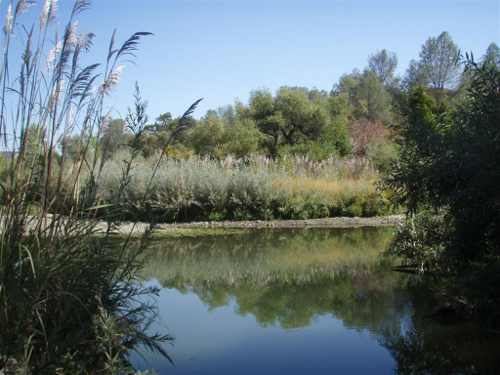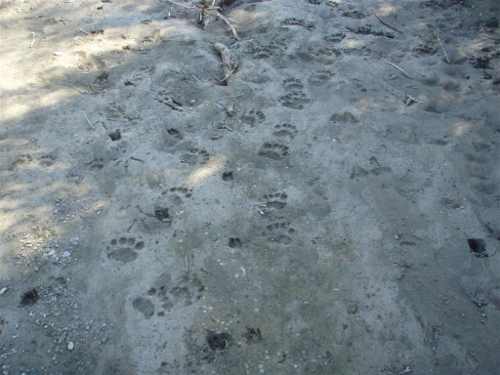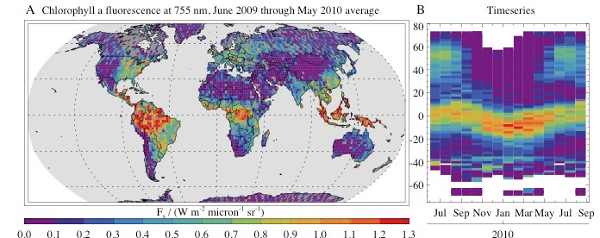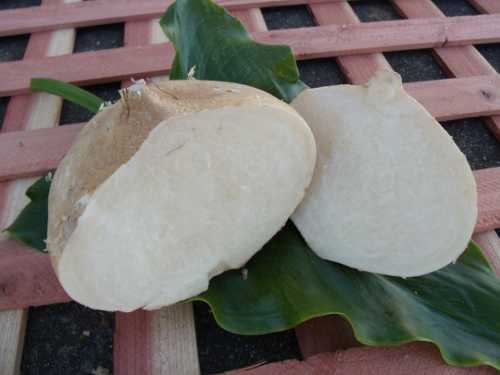- Lake County News reports
- Posted On
California Community Colleges chancellor announces retirement
SACRAMENTO, Calif. – California Community Colleges Chancellor Jack Scott announced Tuesday that he will retire as the head of the nation’s largest system of higher education on Sept. 1, capping a distinguished 58-year career in higher education and public service.
In a statement sent to community colleges statewide, Scott said, “I have greatly enjoyed my work since becoming chancellor on January 1, 2009. It is true that it has been a tough time for community colleges because of the financial difficulties of the state of California. But I have been received warmly in Sacramento and on college campuses by trustees, faculty, staff, administrators, and students. I have proudly represented our colleges before the Legislature, the governor, and many other audiences.”
Chancellor Scott, a fierce advocate for increased investment in higher education, has provided leadership that streamlined the transfer process from community colleges to the California State University with the new Associate Degree for Transfer program.
He also was a driving force in helping to craft the recommendations of the California Community Colleges Board of Governors Student Success Task Force, which will lead to more students transferring to four-year institutions and earning certificates and degrees on time.
“The Board of Governors wishes to express its gratitude to Chancellor Scott for his extraordinary leadership of our system,” said Board President Scott Himelstein. “Chancellor Scott’s passion and commitment to community colleges will be evident in the success of our colleges for generations to come. The board will begin immediately the process of selecting a chancellor who can build on the success of Dr. Scott.”
Scott also oversaw innovations in career technical education programs, including those in nursing education, allied health, clean energy technology, and environmental sustainability at the system’s 112 colleges.
And, as community college campuses increasingly welcomed military veterans returning from overseas conflicts, Scott worked with the California Department of Veterans Affairs to strengthen services for veterans to help ease the transition from military to civilian and student life.
“Jack has been an invaluable partner and friend to the California State University,” said system Chancellor Charles B. Reed. “He has been a tireless advocate for higher education and a champion for students. His leadership in areas granting CSU the authority to offer doctorates of education, as well as establishing the Associate Degree for Transfer were historical milestones for the CSU and for our students.”
Before becoming the California Community Colleges Chancellor, Scott served in the California Legislature for 12 years as a State Senator (2000-2008) and Assemblymember (1996-2000) representing Pasadena, Glendale, Burbank, a portion of the city of Los Angeles and other surrounding cities and communities. He served as chair of the Senate Committee on Education.
Among the 146 bills authored by Scott that became law, Senate Bill 361 was a landmark community college financing measure signed by then Gov. Arnold Schwarzenegger in 2006. Also in 2006, Scott led the charge in passing Senate Bill 1309 that helped address the state’s nursing shortage. Scott also worked closely with Gov. Schwarzenegger in 2005 to pass Senate Bill 70, a measure that strengthens career technical education programs between K-12, community colleges and the business sector.
"Jack has been a great champion of community colleges, both in the Legislature and as chancellor. During a time of extreme state budget cuts, Jack provided stability and vision. He never lost sight of the importance of career technical education, especially in the clean energy and healthcare fields, in keeping our economy strong,” former Gov. Arnold Schwarzenegger said. “I supported his appointment by the Board of Governors because he was always passionate about community colleges and a great leader for students."
Before Scott was elected to the state Legislature, he was President of Pasadena City College (1987-95) and Cypress College (1978-87). He also served as Distinguished Professor of Higher Education at Pepperdine University (1995-2000).
“During his long public career, Chancellor Scott has proven to be an unwavering champion of public education in California. As steward of the vital California Community Colleges, he has demonstrated a deep commitment to California’s Master Plan for Higher Education, fully dedicated to the idea that, by working together, California’s higher education segments have given this state a model for the world to follow,” University of California President Mark G. Yudof said. “He also has been a courageous and reliable ally in the ongoing struggle to reverse the chronic disinvestment by the state in public higher education. I wish him and Lacreta all the best in retirement."
Scott holds a Bachelor’s degree from Abilene Christian University, a Master of Divinity degree from Yale University, and a Ph.D. degree in History from Claremont Graduate University. He also holds an honorary doctorate from Pepperdine University and is Chancellor Emeritus of Pasadena City College. He was chosen as the Distinguished Graduate from both Abilene Christian College and Claremont Graduate University.
Jack Scott and his wife, Lacreta, will return to their home in the Pasadena-area upon his retirement.
The California Community Colleges is the largest system of higher education in the nation. It is composed of 72 districts and 112 colleges serving 2.6 million students per year.
Follow Lake County News on Twitter at http://twitter.com/LakeCoNews, on Tumblr at www.lakeconews.tumblr.com , on Google+, on Facebook at www.facebook.com/pages/Lake-County-News/143156775604?ref=mf and on YouTube at www.youtube.com/user/LakeCoNews .

 How to resolve AdBlock issue?
How to resolve AdBlock issue? 



















